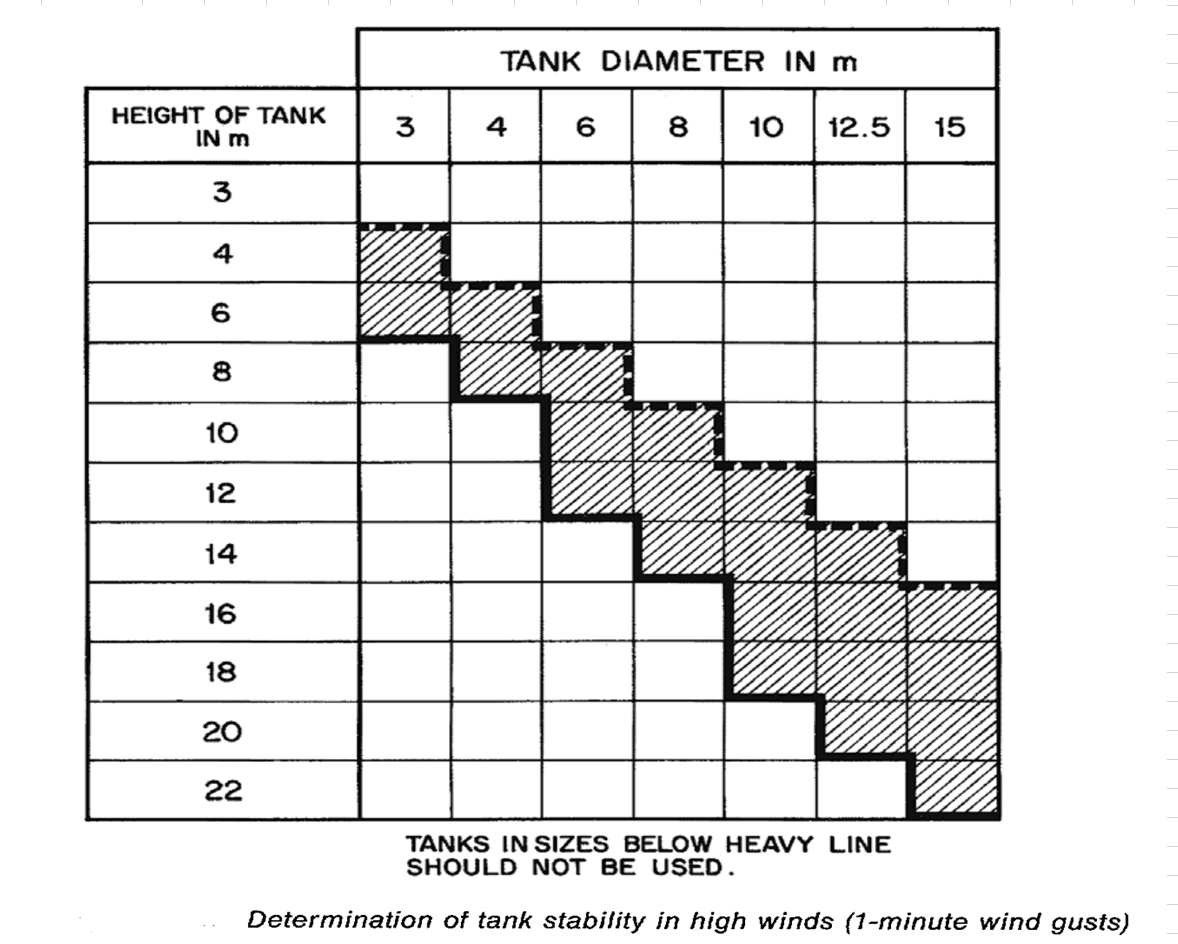Dear all,
If I have a Glycol dehydration unit of MAWP 1440 PSI and a 2 stages reciprocating gas compressor
where :
First stage suction is 200 psi and discharge 700 psi.
Second stage suction is 700 psi and discharge 1800 psi.
Can I locate the glycol dehydration unit in between the stages and adding the necessary scrubber to make sure no Glycol carry over enters the second stage of the compressor.
The Glycol unit will be added after the gas is discharged from 1st stage then cooled then passes through a scrubber to remove the free liquids then enters the contactor tower. Then it passes again through a scrubber before entering the second stage of the compressor.
And what are the possible problems that the process may face
Edited by omarzohairy, 11 March 2018 - 02:41 AM.

 FB
FB











